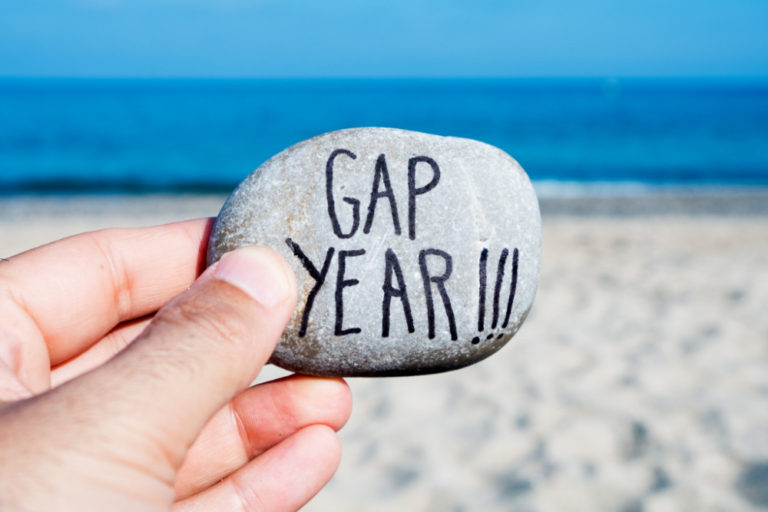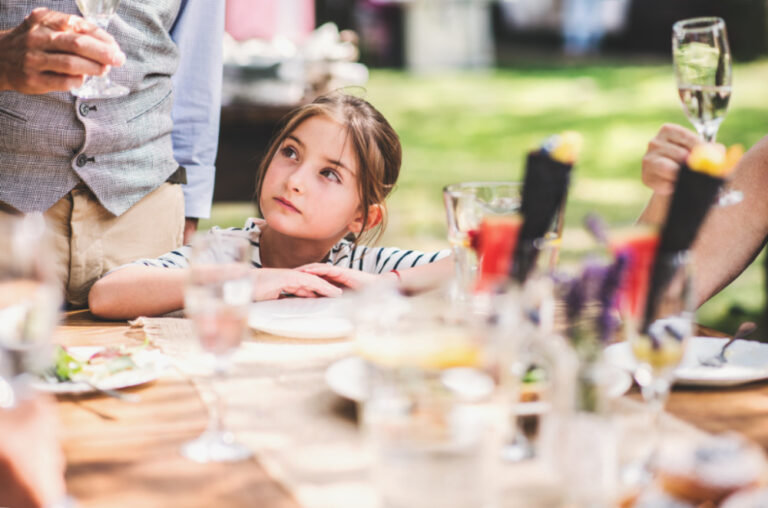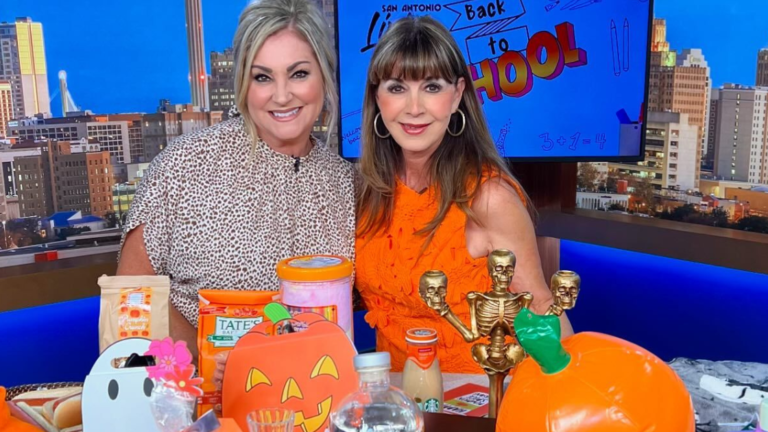The Etiquette of Afternoon Tea
Hosting an Afternoon Tea is a great way to honor a friendship, celebrate a birthday or welcome a new baby. Regardless of the occasion, it’s always a nice gesture to share a cup of tea. William Hanson, an international etiquette & protocol consultant and social commentator based in the U.K., offers his tips on the etiquette of afternoon tea from across the pond (and I add a few of my own)…
William Hanson’s Tips for Afternoon Tea
In our busy, time-poor lives, what is nicer than momentarily stopping for a scone and a pot of tea? Afternoon Tea gives us a break in the rush of modern life, just like it did back in the nineteenth century, when the custom originated.
In 1840, Anna, 7th Duchess of Bedford, asked for a tea tray and cakes at four o’clock, as she found she was hungry at this time and had nothing to do. She found this new pastime hard to break and soon invited other ladies in society to join her. The Duchess’ guests went back to their houses and initiated the ritual, thus spreading the new custom.
Queen Victoria liked the idea so much she started Garden Parties – the first of which was in 1868. They were extremely popular and are still held to this day.
The middle and lower classes soon heard about this new ‘meal’ and the teashops flourished, offering people the chance to break with their day for tea and cakes. For the first time, respectable women could dine out unaccompanied.
Actor and writer Noel Coward commented that it would be “dreadful to live in a country without tea”. The British Royal Family today will pause at five o’clock for their helping: which always includes Earl Grey Tea.
As with everything, there are rules of etiquette associated with Afternoon Tea. Here are my tips for ensuring your tea taking standards are faultless:
- By definition, Afternoon Tea is a dainty meal (not to be confused with High Tea – which is anything but!). Thus, when you drink your tea take small sips rather than “glugging” it down.
- Similarly, the food offered should be eaten in a gentle fashion as well.
- There is a definite order to taking tea. The actual drinking of tea can take place throughout the ‘meal’.
- As for the food, tea sandwiches are eaten first, followed by the sweets such as cakes, pastries and scones.
- Scones are always broken; never cut. They should be served with jam and clotted cream, or butter. The jam goes on first, followed by the butter or cream.
- Crumpets are buttered whole and then cut before eating.
- Cakes and pastries should be made so the use of a pastry fork is not needed, although if that is not the case, the use of such an implement is perfectly acceptable.
- If you take milk with your tea, milk is poured in after the tea itself.
Thank you, William, for your input. Here are a few tea tips of my own:
- The name of the plant in which tea is grown is called Camellia Sinensis.
- Tea is organized as Black, Oolong, Green and White, depending on the fermentation process.
- Herbal tea is not a tea at all. It is called a tisane.
- Add milk or lemon to your tea but not both as lemon curdles the milk.
- Loose leaf is a nice touch to an Afternoon Tea, but not necessary. There are many fine teas (teabags) out on the market today.
- Do not twist the teabag string around the spoon. Place it on an empty saucer or a plate that has been set out for this purpose.
- Offer your guests sugar cubes, served with sugar tongs rather than packets of sugar or sweetener.
- The small teaspoon is placed on the saucer, behind the cup when not in use. The spoon never remains in the cup while sipping tea.
- When taking a drink of tea, look into the center of the cup, not over the rim, as this could result in an unnecessary spill.
- Teacups, saucers and plates do not have to match.
- Linen and paper napkins are regarded with the same respect.
- Enjoy your tea ceremony, regardless of how formal or informal you decide to make it.
 For more tips, watch Tea Etiquette on WOAI Channel 4 San Antonio Living with Shelly Miles.
For more tips, watch Tea Etiquette on WOAI Channel 4 San Antonio Living with Shelly Miles.
William Hanson reviews and critiques social trends for a wide variety of media, including BBC television and various radio outlets. He works for a leading etiquette and hospitality consultancy firm, The English Manner, and is a tutor at The Household Academy. His website: www.williamhanson.co.uk, and you can follow him on Twitter: @williamhanson.





